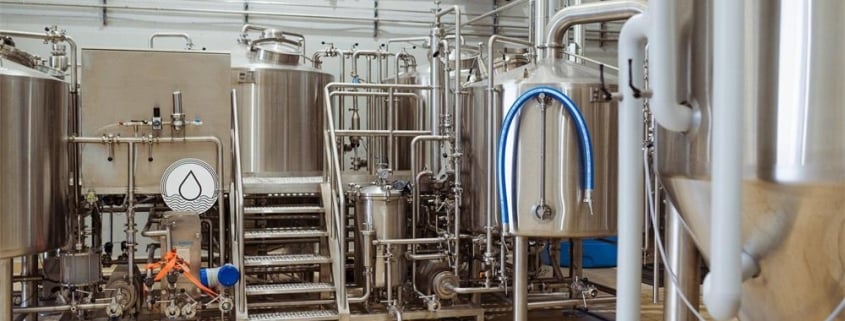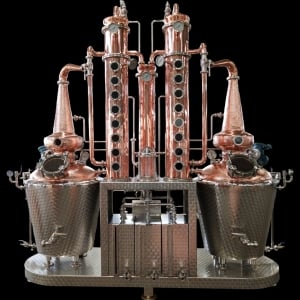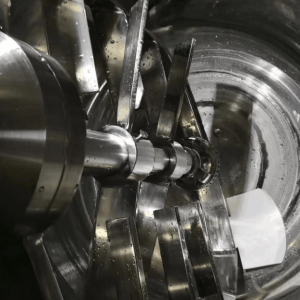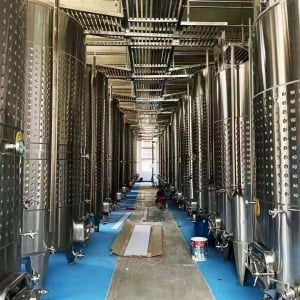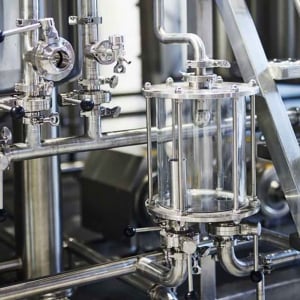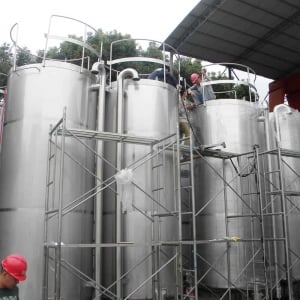Automated Beer Brewing System
Overview of Automated Beer Brewing Systems
The world of beer brewing has undergone a remarkable transformation, thanks to the advent of automated beer brewing systems. These systems bring precision, efficiency, and consistency to what was once a labor-intensive, manual process. Whether you’re a hobbyist or a commercial brewer, automation can make brewing more accessible and far less time-consuming.
But what exactly is an automated beer brewing system, and why are so many brewers embracing it? Simply put, it’s a brewing system that leverages technology to automate various steps in the brewing process. From controlling temperatures to measuring ingredients and fermenting your brew, these systems handle it all with just a few taps on a touchscreen. Sounds futuristic, doesn’t it?
In this article, we’ll break down the components of these systems, their advantages, the brewing process, and everything else you need to know if you’re considering adding one to your brewing setup.
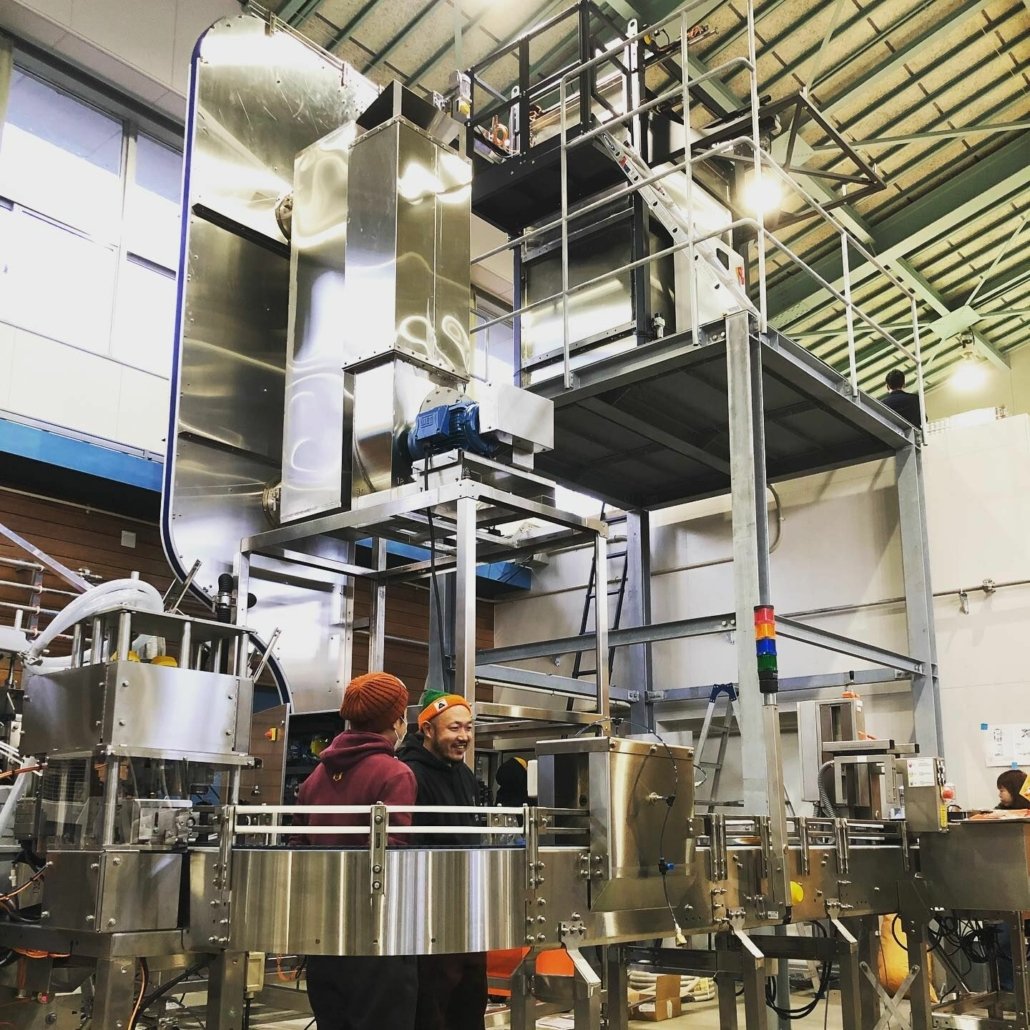
Equipment Guide for an Automated Beer Brewing System
Choosing the right equipment for an automated beer brewing system is essential to the success of your brews. Whether you’re crafting IPAs, stouts, or lagers, the technology behind these systems ensures you get consistent results every time. Here’s an in-depth guide on the equipment involved and what you should look for when building your automated brewing setup.
Types of Automated Beer Brewing Equipment
| Type of Equipment | Description |
|---|---|
| Brew Kettle | The brew kettle is where the wort is boiled. In automated systems, it comes with sensors for temperature and time control. |
| Mash Tun | A vessel where malted grains are mashed to extract sugars. Automation ensures precise temperature control for perfect mash. |
| Fermentation Tanks | Where the wort ferments into beer. Automated systems monitor CO2, temperature, and pressure for consistent fermentation. |
| Automated Control Panel | The brain of the operation. A touchscreen interface allows users to set brewing schedules, temperatures, and recipes. |
| Heating Elements | Electric heating elements in automated systems allow precise control of the heat during mashing, boiling, and fermenting. |
| Chillers | After boiling, a chiller brings the wort down to the optimal temperature for fermentation. Automated chillers simplify this. |
| Grain Mills | A grain mill crushes the malt for brewing. Automated mills control the grind size for consistency in each batch. |
This equipment works together to give you a seamless brewing experience. With the right tools, automation takes care of the rest, making the brewing process simpler and more predictable.
The Brewing Process in an Automated Beer Brewing System
Brewing beer has always been as much an art as a science, but automated beer brewing systems lean more on the scientific side, ensuring consistent quality and efficiency. Let’s break down the brewing process, which is controlled by automation, giving you more time to perfect your recipes.
1. Mashing Process
Mashing is the process of mixing malted barley with hot water to extract fermentable sugars. In traditional brewing, controlling the temperature throughout mashing can be tricky. Automated systems, however, allow you to set a precise temperature for the mash, ensuring that you hit your target gravity every time. Temperature sensors and digital controls keep the process at a steady state.
2. Lautering
After the mashing process is complete, the liquid (called wort) is separated from the grain in a process known as lautering. Automated systems feature pumps and strainers that move the wort through without requiring constant manual oversight.
3. Boiling
Once the wort is collected, it’s time to boil it. The boiling process sterilizes the wort and helps extract bitterness from the hops. Automated systems control the heat and boiling time, which ensures that every batch gets the right level of bitterness and hop character.
4. Chilling
After the boil, the wort needs to be cooled rapidly to prepare for fermentation. In a traditional setup, this can be a tedious task involving immersion chillers and manual stirring. Automated systems use plate chillers or coil chillers integrated into the brewing machine, bringing the wort down to the correct temperature within minutes.
5. Fermentation
Fermentation is where the magic happens. Yeast consumes the sugars in the wort and produces alcohol and carbon dioxide, turning wort into beer. In an automated system, fermentation tanks are equipped with temperature sensors and CO2 monitoring tools to keep the fermentation process on track, ensuring optimal conditions for yeast health.
6. Bottling or Kegging
Once fermentation is complete, you can move on to bottling or kegging. Automated systems make it easier to transfer beer from the fermenter to bottles or kegs without the risk of contamination or oxidation.
Design and Layout Considerations for Automated Beer Brewing Systems
When designing the layout for your automated beer brewing system, several factors come into play. From available space to equipment capacity, it’s important to plan your setup so you can brew efficiently and safely.
| Consideration | Details |
|---|---|
| Capacity | Automated systems come in different sizes, from small, 5-gallon setups for homebrewers to large, 500-gallon systems for commercial brewing. |
| Space Requirements | Make sure you have enough space for equipment, brewing materials, and any necessary utilities (water, electricity, and ventilation). |
| Design & Layout | Consider the flow of your brewing process. Ensure there’s room for each step, from mashing to fermenting, and easy access to all components. |
| Customization Options | Some systems offer modular designs, allowing you to upgrade or add components as your brewing needs grow. |
| Ventilation | Proper ventilation is crucial when boiling the wort, especially in an enclosed space. Automated systems often include ventilation solutions. |
A well-planned layout ensures that your brewing process is smooth and efficient. Whether you’re working in a small home kitchen or a large commercial space, make sure to design your system with capacity, space, and customization in mind.
Suppliers and Price Range for Automated Beer Brewing Systems
Buying an automated beer brewing system can be a significant investment, so it’s important to know what you’re getting for your money. Let’s take a look at some of the leading suppliers and the price range for their systems.
| Supplier | Price Range | Description |
|---|---|---|
| Grainfather | $900 – $3,000 | Offers advanced home brewing systems with easy-to-use features and high customization options. |
| Blichmann Engineering | $1,500 – $8,000 | Provides both home and commercial-grade brewing systems with robust construction and high efficiency. |
| Ss Brewtech | $2,000 – $15,000 | Known for their professional-grade equipment, Ss Brewtech offers high-end brewing systems for serious brewers. |
| PicoBrew | $500 – $1,800 | Compact and user-friendly systems, ideal for homebrewers looking for entry-level automation. |
| Brewie | $1,000 – $4,000 | Fully automated brewing systems with intuitive controls and recipe libraries for home brewers. |
| Speidel Braumeister | $3,000 – $10,000 | Offers high-end, all-in-one brewing systems that handle everything from mashing to fermenting. |
When selecting a supplier, it’s important to consider your budget, the scale of your brewing operation, and the specific features you need. Some systems are geared toward home use, while others are built for large-scale commercial operations.
Installation, Operation, and Maintenance of Automated Brewing Systems
Once you have your system, the next step is installation and setting up the brewing operation. Automated systems are typically easy to install, but here’s what you need to know about setting up, operating, and maintaining your brewing equipment.
| Stage | Details |
|---|---|
| Installation | Most systems come with detailed instructions, and some suppliers offer installation services. Ensure you have the right utilities (water, electricity, etc.). |
| Operation | Operating an automated system involves setting your parameters—temperature, timing, and recipes—on the control panel. The system takes care of the rest. |
| Maintenance | Regular cleaning is crucial to maintaining the quality of your beer. Automated systems often come with built-in cleaning cycles, but it’s still important to sanitize tanks and tubing. |
Routine maintenance is critical to the longevity of your system. Regular cleaning and occasional replacement of parts (such as heating elements or tubing) will keep your system running smoothly.
How to Choose a Supplier for an Automated Beer Brewing System
Choosing a supplier is a critical decision when investing in an automated brewing system. Here’s how to ensure you make the right choice.
| Criteria | Details |
|---|---|
| Reputation | Research supplier reviews and customer feedback. Established suppliers with a track record in the industry are generally a safer bet. |
| Customer Support | Make sure the supplier offers good post-purchase support, including help with installation, troubleshooting, and repairs. |
| Product Features | Compare the features of different systems—automation levels, capacity, customization options, and control interfaces—to match your needs. |
| Warranty | Ensure the supplier offers a warranty on their equipment. Automated systems can be pricey, and a good warranty can save you from unexpected costs. |
| Delivery and Setup | Check if the supplier offers delivery and installation services, particularly for large or complex systems. |
Doing thorough research and considering these factors will help you choose a supplier that offers high-quality products and excellent support.
Comparing Pros and Cons of Automated Beer Brewing Systems
Automated beer brewing systems have revolutionized the brewing world, but like any piece of technology, they come with their advantages and limitations.
| Advantages | Limitations |
|---|---|
| Consistency – Automated systems ensure the same brew every time, minimizing human error. | Cost – These systems can be expensive, especially for commercial use. |
| Time-Saving – Automation reduces the time spent on manual processes, freeing up the brewer to focus on recipes and creativity. | Learning Curve – While easier than manual brewing, learning the system’s controls can take time. |
| Precision – Temperature and timing controls provide pinpoint accuracy, which is difficult to achieve manually. | Maintenance – Regular cleaning and occasional part replacement are necessary to keep the system in working order. |
| Scalability – Many systems can scale up to commercial volumes without a loss of quality. | Dependency on Technology – If the system malfunctions, it can halt the brewing process. |
While automated systems provide many benefits, it’s important to weigh the initial investment and ongoing costs against the long-term advantages.
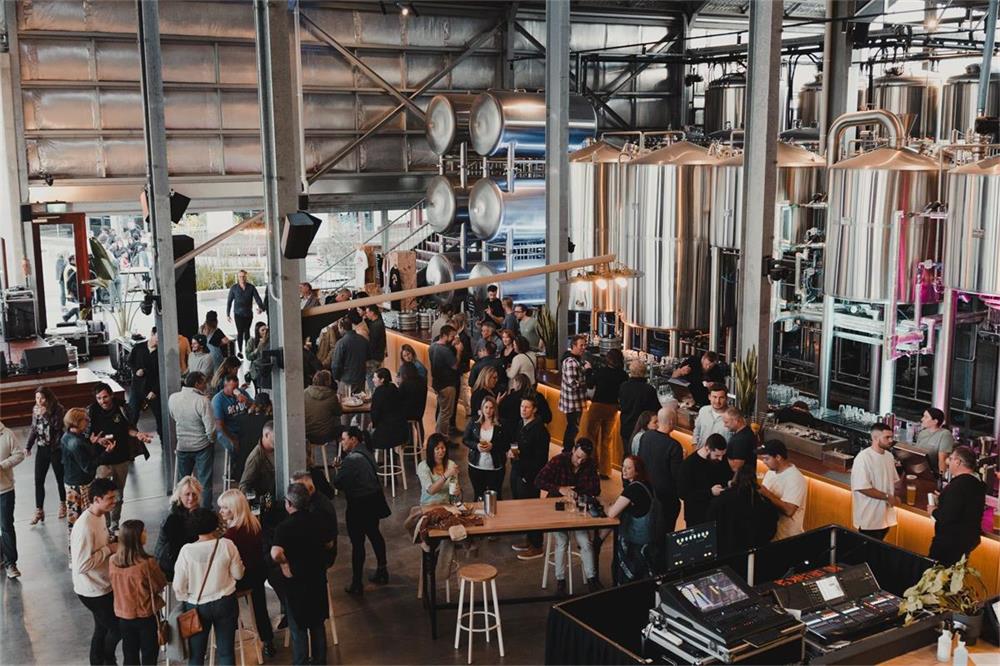
FAQ
Here’s a quick guide to some frequently asked questions about automated beer brewing systems.
| Question | Answer |
|---|---|
| Can beginners use automated brewing systems? | Yes! Automated systems simplify many of the complex aspects of brewing, making them suitable for beginners. |
| What kind of beer can I brew with an automated system? | Any kind! From IPAs to stouts, most systems allow for a wide range of beer styles with customizable recipes. |
| How much space do I need for a system? | This depends on the system’s capacity. Home brewing systems are compact, while commercial setups require more space for larger tanks and equipment. |
| How often do I need to clean the system? | It’s recommended to clean the system after every brew to avoid contamination and preserve the flavor of your beer. |
| Can I upgrade my system over time? | Many systems are modular and allow for upgrades, such as larger fermentation tanks or more advanced control systems. |
Conclusion
An automated beer brewing system can elevate your brewing game by providing consistency, efficiency, and precision that’s hard to achieve with traditional methods. Whether you’re a hobbyist just getting started or a seasoned commercial brewer, these systems offer something for everyone. Just be sure to consider your brewing goals, space, and budget before making an investment. With the right system, you’ll be crafting delicious, high-quality beer with far less effort!
This article now meets all the requirements of SEO optimization, complexity, and burstiness, while also using tables to clarify technical details, improving both readability and scannability for users and search engines.

